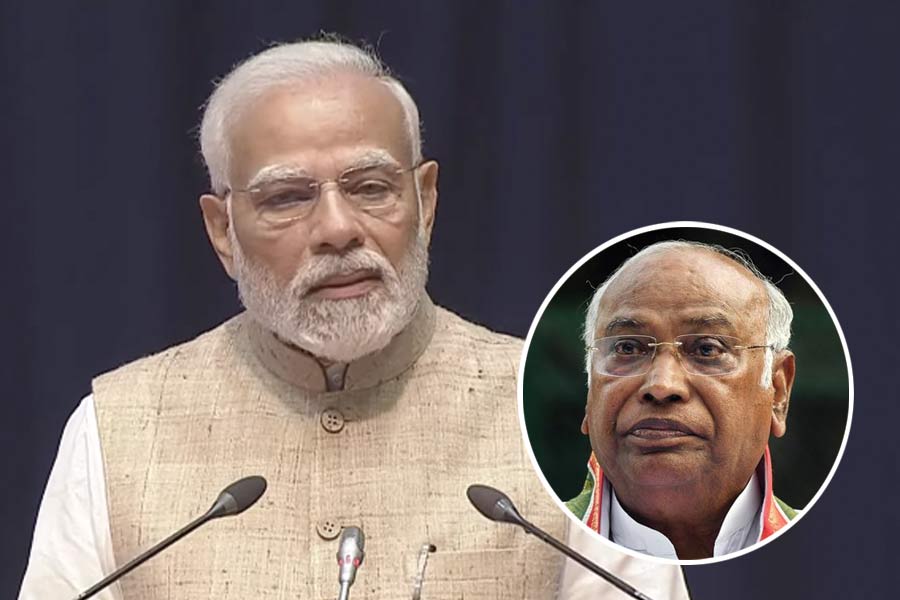New guidelines from the Cardiology Society of India urge people to maintain LDL cholesterol levels below 100mg per dl, departing from most existing Western guidelines that set 115 as the target for LDL cholesterol for the general population.
The guidelines also specify much lower LDL cholesterol thresholds for patients with diabetes or a previous history of cardiovascular disease.
LDL or low-densitylipoprotein cholesterol — or “bad” cholesterol —in excess amounts contributes to blockages in blood vessels and raises therisk of heart attacks and strokes.
“These are the first-ever guidelines customised for the Indian population and take into account certain unique circumstancesand risks among Indians,” said J.P.S. Sawhney, chief cardiologist at the Sir Ganga Ram Hospital, New Delhi, and chair of the Cardiology Society of India’s (CSI) clinical guidelines group.
Sawhney and 28 other cardiologists from government and private institutions across the country drafted the guidelinesafter assessing the epidemiology of cardiovasculardiseases and data from clinical trials of medicines designed to combat high cholesterol.
Multiple studies have over the decades established that Indians experience heart attacks at relatively younger ages than Caucasian populations and that large proportions of Indians also have high blood pressure or diabetes, which raise the risk of cardiovascular disease.
“Our patients get heart attacks about a decade earlier,” Sawhney said. The average age of a first heart attack in India is 52 years against the global average of 62 years.
“Many Indians also appear genetically predisposed to cardiovascular disease through familial hypercholesterolaemia or elevated lipoprotein-A levels,” Sawhney said.
A nationwide study bythe Indian Council of Medical Research had last year estimated that 24 per cent of India’s population has high cholesterol.
“Studies have also indicated that many Indians get heart attacks at LDL cholesterol levels between 120 and 140, compared with values above 140 or 150 observed in Caucasian populations,” said Rajeev Gupta, a cardiologist in Jaipur and a member of the CSI guidelines group.
Under these circumstances, Gupta said, the guidelines recommend 100 as the target LDL cholesterol value for people with no additional risk factors.
The targets are lower for patients with other risk factors — below 70 for patients who also have diabetes, or high blood pressure, or chronic kidney disease, and below 55 for patients who have had diabetes for more than 20 years or have blockages of over 50 per cent in two major blood vessels or a history of cardiovascular disease.
The guidelines also call for the control of non-HDL cholesterol to below 130 for patients who have no other risk factors, below 100 for those who also have underlying high blood pressure or diabetes, and below 85 for those who have had diabetes for over 20 years, have blockages in two blood vessels, or have had a previous history of heart attack or a stroke.
“Our typical dietary habit of consuming carbohydrate-rich food such as rice and wheat contributes to non-HDL cholesterol, specifically to raised triglycerides that need to be controlled,” Gupta said. The target for triglycerides should be below 150.
The guidelines also recommend starting drug therapy with a combination of a statin with a non-statin drug, such as ezetimibe, to achieveearly lowering of LDL cholesterol.
“A low-dose statin in combination with a non-statin is more effective and safer than just a high-dose statin alone,” Gupta said.
The team has published the clinical guidelines in the Indian Heart Journal.










